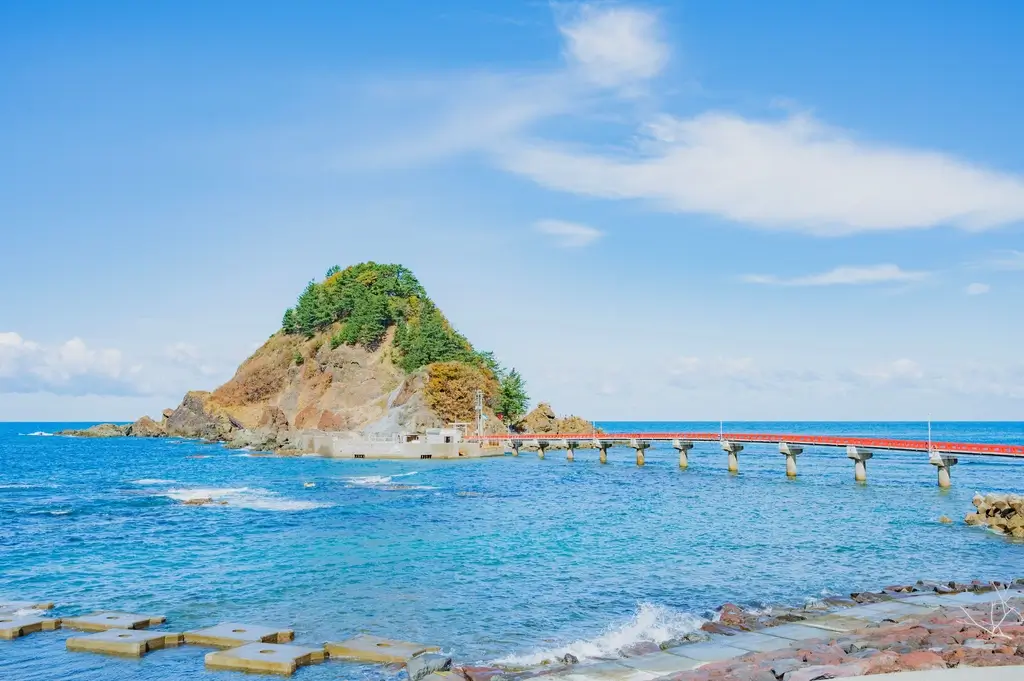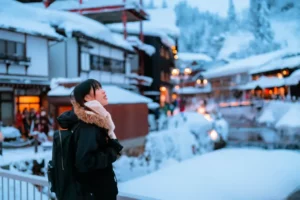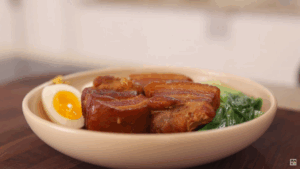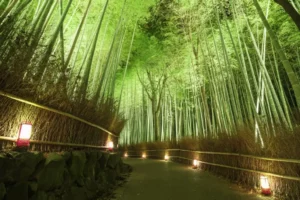Yamagata Prefecture is located in the Tohoku region of northern Honshu along the Sea of Japan. It has vast nature, stunning hot springs, unique local cuisine, and fascinating cultures. There is no shortage of activities, cuisine, nightlife, lodging accommodations, and sightseeing spots to keep visitors enchanted and busy.
A trip to Yamagata will allow anyone to truly immerse themselves in the beauty of the Japanese countryside. From the enchanting hot spring village, which has a lush emerald pond, to the skiing mecca of Mt. Zao, here are some of the best places to visit and things to do in Yamagata Prefecture.
Table of Contents
ToggleGinzan Onsen
Straight out of a Studio Ghibli film, Ginzan Onsen is one of Japan’s most picturesque hot spring towns. Rows of charming wooden traditional ryokan (Japanese inns) and bathhouses line the Ginzan River. It offers travelers a cozy room and hot spring bath to unwind and relieve external stresses.
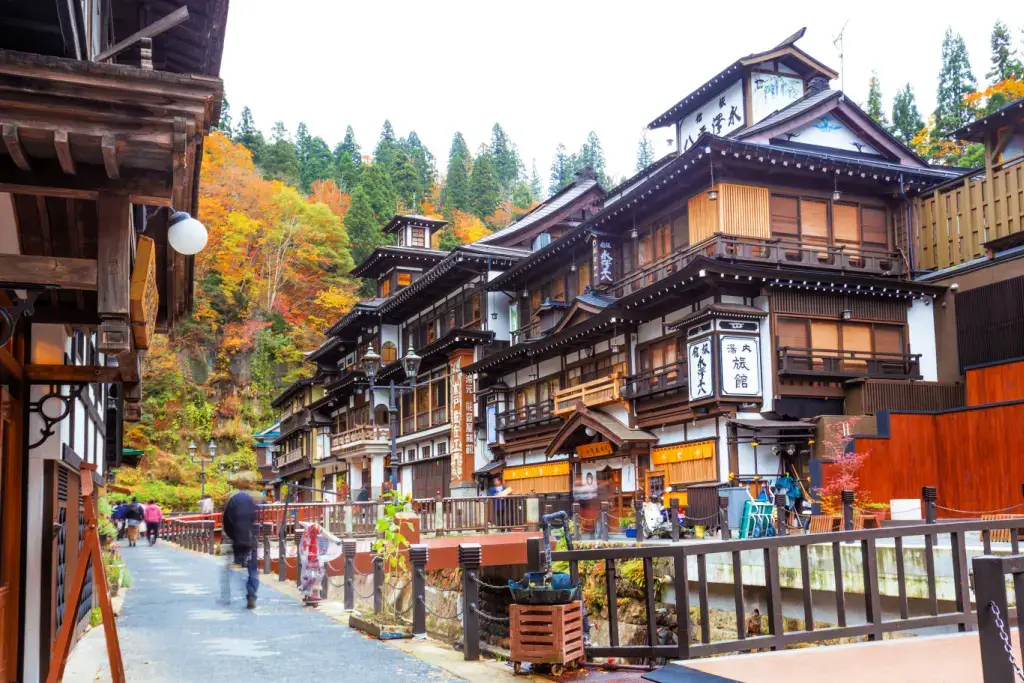
There are also day-trip bathhouses and plenty of restaurants, cafes, and shops dotting the streets. Ginzan Onsen is full of delicious local specialties, such as curry bread and tofu with a rich texture. You can also rent and walk in a traditional kimono of the styles that gained popularity in the early 1900s.
Mount Zao
Mount Zao is a volcanic mountain range in the Tohoku region, on the prefectural border between Yamagata and Miyagi Prefectures. It is one of Tohoku’s most famous attractions, offering spectacular views and unique seasonal attractions.
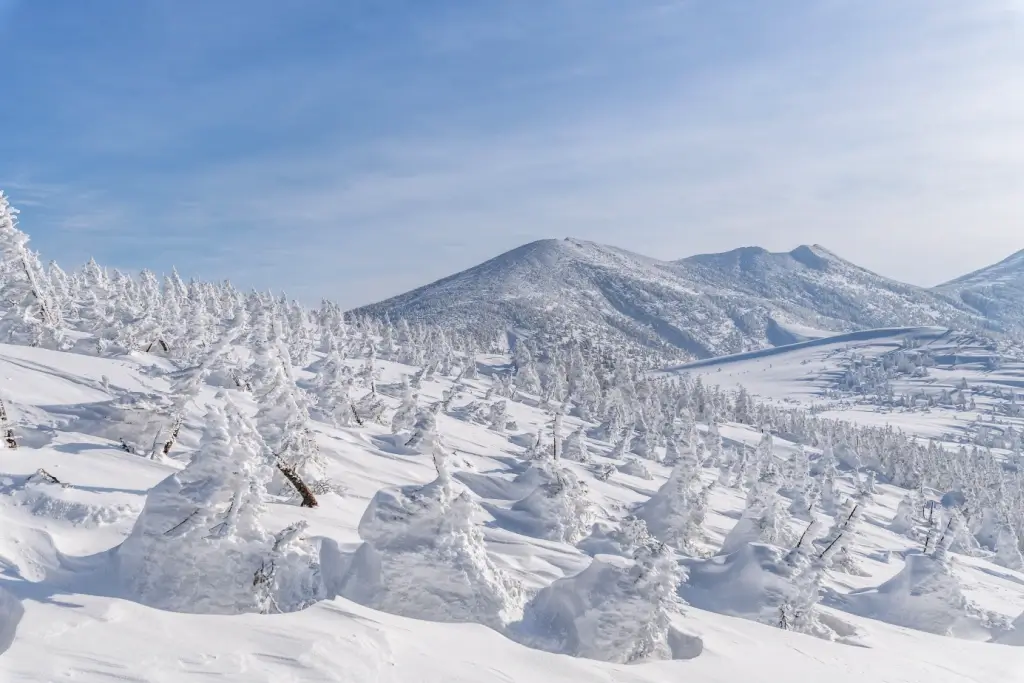
The mountain attracts nature lovers in summer with its stunning blue-colored Okama Crater. In winter, Zao Onsen becomes one of the leading Japanese ski resorts. It is a popular destination for its dreamy slopes, seen in the coldest month of February. The resort is famous for its “Snow Monsters” because multiple layers of snow and ice give the trees a monstrous shape. In the evening, the snow monsters around the summit are illuminated. Access is made possible by a cable car and a gondola for skiers and non-skiers.
Are you interested in enjoying some delicious snacks from the Yamagata region? Check out Sakuraco! Sakuraco delivers traditional Japanese snacks, teas, and sweets from local Japanese makers directly to your door so you can enjoy the latest treats directly from Japan!
Haguro-san
As one of the mythical Three Holy Mountains of Dewa, Mt. Haguro boasts incredible pristine natural beauty. Haguro-san is also the most easily accessible of the three mountains of Dewa Sanzan. At its summit stands Haguro-san Shrine, the only Dewa Sanzan shrine open year round. Symbolizing birth, Haguro-san is usually the first shrine visited.
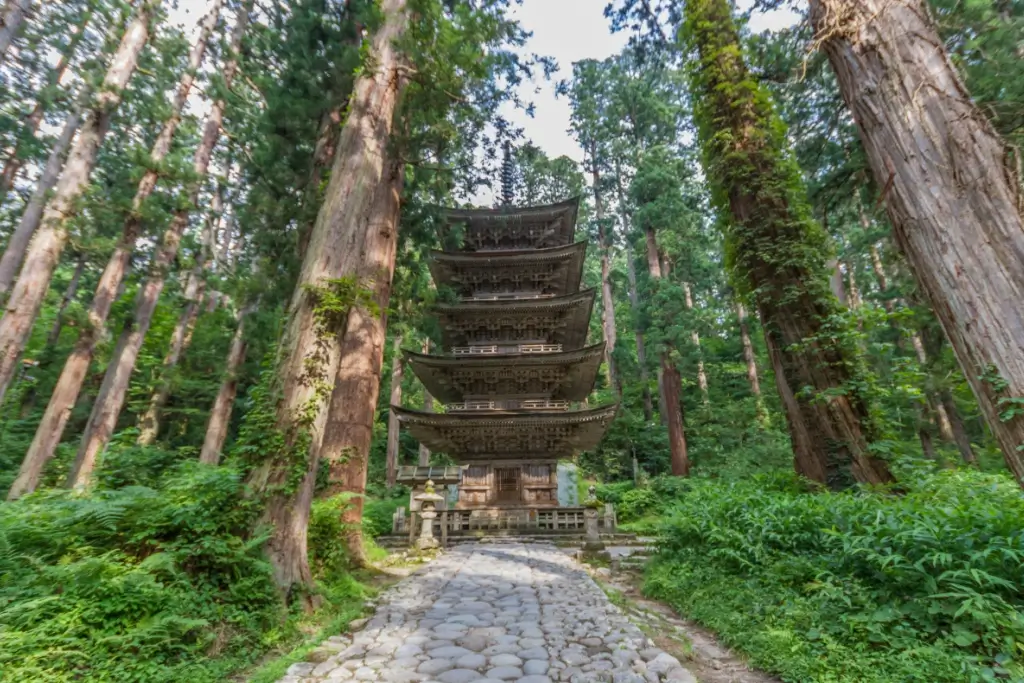
Haguro-san is the easiest to visit because of a toll road, which allows for access by car or bus. However, the traditional and recommended approach to the shrine is via a walking trail. 2,446 stone steps lead to the mountain top and gojudo, a striking five-story pagoda. It rises towards the sky and is regarded as one of Japan’s National Treasures.
Are you looking for interesting Japanese snacks this season? Check out Sakuraco! Sakuraco delivers traditional Japanese snacks, sweets, tableware, and more from local Japanese makers right to your door, perfect for a pleasant snack time at home!

Dokkonuma Swamp
This marsh is 350 meters (1148 feet) around and is famous for the mysterious emerald-green color of the water’s surface. Regardless of season, the brilliant color is one of the pond’s features. Don’t let the weather deter you; it retains the deep teal color even on cloudy days. Looking closely, you can spot some fish swimming about and occasionally leaping from the water. Fun fact: This pond helps supply water to Yamagata City, far below.
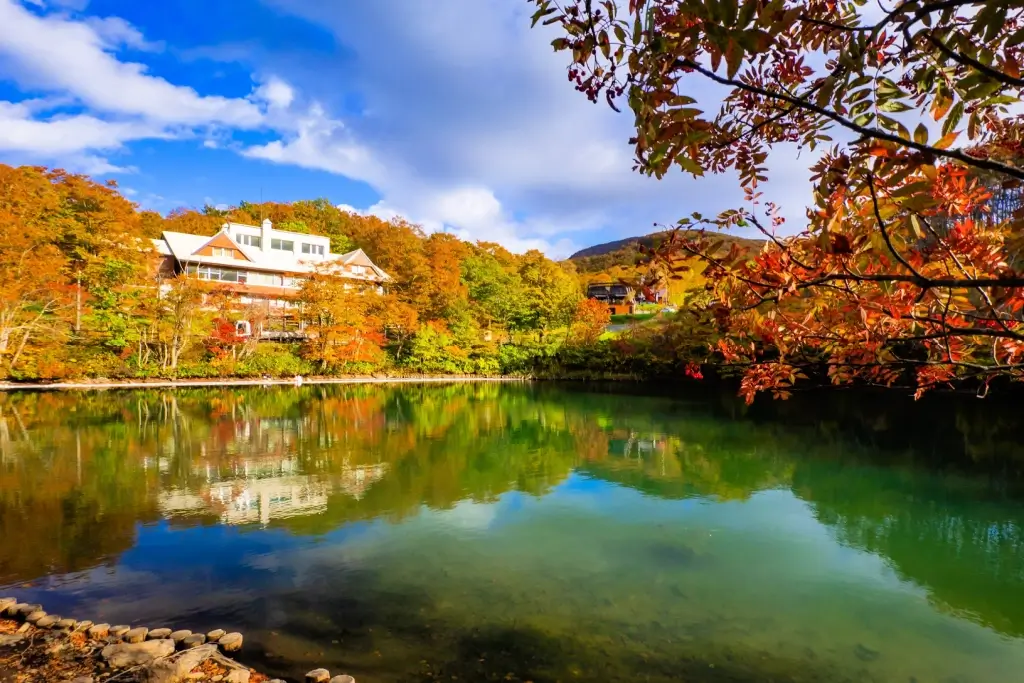
You can take the Zao Central Ropeway to the marsh or use the well-maintained hiking course. It’s popular with mountain climbers who stop by to enjoy the lush natural beech forest surroundings.
Yamagata Kyodokan

Yamagata Kyodokan was the center of Yamagata’s medical care. The Yamagata Prefectural Hospital, built in 1878, was reconstructed as the Yamagata Kyodokan in 1969 and opened to the public. It’s now a little museum inside Yamagata Castle Park, north of Yamagata Station. The Western-style building exhibits documents on local history and medical equipment from that time. There are also some old photos of the medical team and patients. It’s free entry and worth a visit if you are nearby.
Why should I visit Yamagata Prefecture?
People visit Yamagata prefecture because of its picturesque landscapes, snow-capped mountains, hot springs, and stunning nature. Its highlights also include the villages of Ginzan Onsen and Zao Onsen, whose waters are said to help heal the skin.
Yamagata is for adventurous travelers seeking an off-the-beaten-track destination in Japan. It has it allーbut without the crowds! Have you been to Yamagata or have any favorite spots there? Let us know in the comments below!

